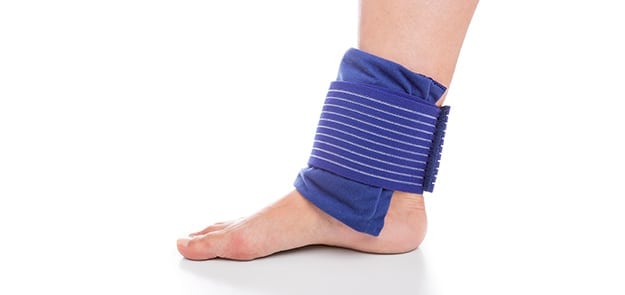
Learn more about the conditions that can affect your feet and ankles.
Painful orthopedic foot concerns can make normal everyday tasks become very challenging. Even walking, working, or exercising can take a toll on your body. By contacting our office, you and your doctor can decide on the best strategy—surgical or non-surgical—that can be used to help you find relief.
- With minimally invasive procedures, you can even get back to day-to-day activities quicker
- Our orthopedic center treats a multitude of conditions concerning your feet and ankles
CONTACT US TODAY
- Sprains – Among one of the most common injuries, a sprain occurs when the foot twists or rolls in an abnormal way. There are several severities or grades of sprains that require different levels of treatment. For example, a minor sprain is the stretching of the ligament beyond its normal limits, but severe sprains involve tearing of the ligament’s fibers. Symptoms of sprains include tenderness, swelling, and pain. Rest, compression, physical therapy, icing, and surgery to repair the torn ligament are treatments for sprains.
- Metartarsalgia – A painful inflammation of the ball of your foot, metartarsalgia is common in patients who run or who wear improperly fitted shoes. Symptoms of the condition include numbness or tingling in the toes, pain in the ball of the foot, and the feeling of something being in your shoe. Rest, icing, shoe inserts, and arch supports are available treatment options.
- Achilles tendonitis – This condition causes stiffness and pain near the heel, at the site of the Achilles tendon. Overuse and repetitive movement are two common causes of Achilles tendonitis. Anti-inflammatory medications, injections, icing, physical therapy, custom orthotics, and rest are treatments of Achilles tendonitis. Early treatment is especially important in order to reduce pain.
- Plantar fasciitis – Characterized by the inflammation of the plantar fascia (a band of tissue supporting the arch), plantar fasciitis is the most common cause of foot pain in the heel. This condition can result in pain that worsens with activity or upon waking up in the morning. Treatments include custom orthotics, night splints, rest, ice, anti-inflammatory medication, and stretches.
- Diabetic ulcers – Diabetic foot ulcers can form as a result of multiple other concerns, such as mechanical changes in the foot and peripheral neuropathy. Nearly 1/6th of diabetics will develop a diabetic ulcer. There are a variety of factors that can contribute to a diabetic ulcer, including irritation, poor circulation, loss of feeling to one’s foot, and trauma. Symptoms that may accompany this condition are swelling, drainage into socks, and redness. Debridement, redistributing pressure, and medication may be used as treatment. In extreme cases, surgery may be necessary to relieve pressure in the area.
- Flat feet – Flat feet, or fallen arches, are often present at birth. Sometimes, they can develop after an injury. Not everyone with flat feet will experience pain. If pain is present, it is typically located in the arch area or the heel and can be accompanied by swelling. Treatments for flat feet include arch supports, custom orthotics, and surgery to reconstruct the foot.
- High arches – High arches in the foot are often the result of an underlying neurological disorder, such as cerebral palsy. The resulting extra weight that is redistributed into the heel area can contribute to instability and pain. Calluses and hammertoes can also be present with high arches. Treatments include orthotics, bracing, and shoe modifications.
- Turf toe – Turf toe is defined as a sprain to your hallux, or big toe. It gets its name due to its notoriety in athletes, as it occurs from excessive upward bending of the toe during physical activities. You may experience limited movement or swelling with turf toe. Treatment mainly consists of rest, icing, compression, and elevation (the R.I.C.E. method). However, surgery may be necessary in extreme cases.
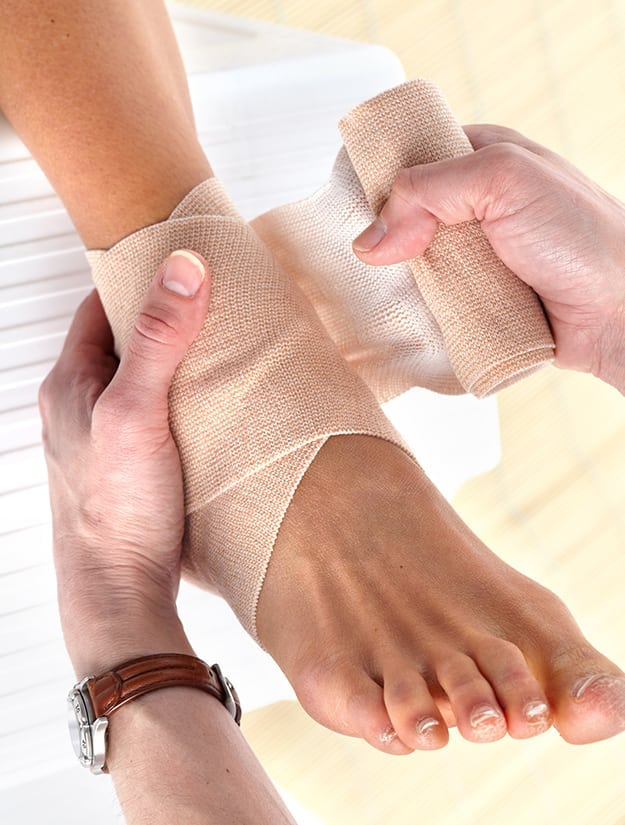
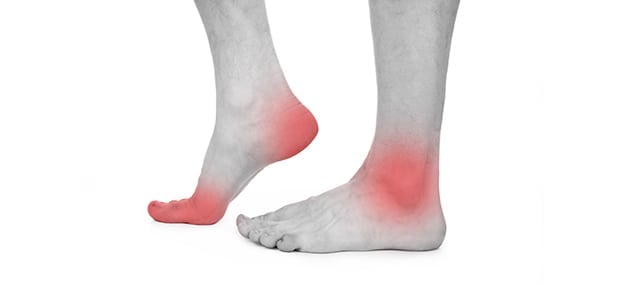
- Chronic ankle instability – This orthopedic condition can surface after a sprained ankle fails to heal properly. As a result, the ankle can regularly turn on even surfaces or during physical activity. Symptoms can also include tenderness and pain. Treatments for chronic ankle instability include physical therapy, medications, bracing, and surgery to repair damaged ligaments.
- Broken toes – Any one of the 19 toe bones found in your foot may become broken from a large variety of causes. If a toe is painful to the touch, you feel pain during activity, or your toe is swollen, it may be broken. Rest, taping, splinting and immobilization may be useful in treating this condition.
- Foot arthritis – Pain and inflammation of the joints in the foot are caused by general wear and tear. Injury can also contribute to foot arthritis. Symptoms of foot arthritis include stiffness, pain, and swelling. There are many treatments for foot arthritis, such as bracing, physical therapy, orthotic devices, medications, steroid injections, and surgery to improve function.
- Tarsal tunnel syndrome – Tarsal tunnel syndrome can be caused by compression on the posterior of the nerve. Experiencing numbness, tingling, or shooting pain is typical of this condition. In many cases, orthotics, bracing, therapies, medications, and immobilization can be used to treat tarsal tunnel syndrome. However, in extreme cases, surgery may be necessary.
- Stress fracture – A small break in the foot, a stress fracture can be caused by foot deformities, injuries, overuse, and wearing improperly fitted shoes. Bruising, pain, swelling, and redness are all symptoms of a stress fracture. Treatment methods like immobilization and rest are important in order to keep the fracture from leading to a full break. Surgery is sometimes needed to stabilize the fracture.
- Tarsal coalition – This condition consists of an abnormal connection between the foot’s tarsal bones. The connection can be made up of bone, cartilage, or fibrous tissue and can be caused by abnormal development before birth, infection, and injury. Symptoms of tarsal coalition include stiffness, fatigued legs, pain, and limited mobility. Orthotics, physical therapy, steroid injections, medications, and surgery are all treatment options.
- Hammertoes – Caused by tendon and muscle imbalance, hammertoes can be aggravated by poorly fitting shoes. The symptoms of this condition include inflammation, redness, pain, calluses, and corns. Custom orthotics, splinting, change of shoes, medications, and surgery are treatments for hammertoes.
- Athlete’s foot – Symptoms of athlete’s foot include dryness, itch, blisters, cracks, inflammation, and scaling skin. This condition is caused by fungus and is treated with anti-fungal powders, creams, and sprays.
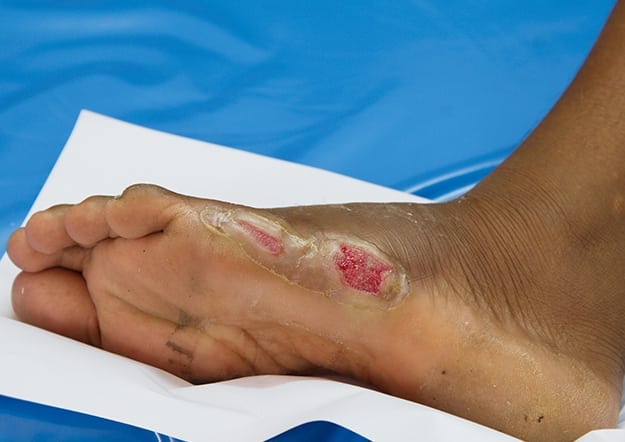
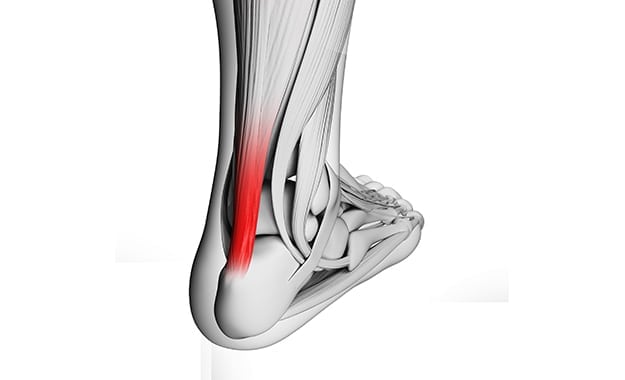
- Morton’s neuroma – This condition is characterized by the thickening of nerve tissue in the foot. Contributing factors of Morton’s neuroma include tight shoes, running, and anything else that could cause compression of the nerve. Tingling, pain, and the sensation of stepping on a small stone are symptoms of the condition. Treatments include padding, icing, medications, orthotics, shoe modifications, and surgery.
- Bunions – A bony bump located on the side of the foot, a bunion is caused by improper foot mechanics or by wearing tight shoes. Symptoms of bunions, in addition to the bump, include numbness, inflammation, discomfort, burning, and pain. Treatments include orthotic devices, medications, padding, and surgery to remove the bunion.
- Peripheral neuropathy – Nerve damage caused by diabetes, peripheral neuropathy can affect a range of different nerves. Symptoms include loss of balance, muscle weakness, tingling, numbness, and pain in the feet and legs. The best way to manage peripheral neuropathy is to control blood sugar. Your orthopedic doctor can help you manage the additional symptoms.
- Gout – This condition most commonly affects the big toe. It is caused by the buildup of uric acid in tissues and joints. While most cases of gout are inherited, things like obesity, stress, and diabetes can contribute to it. Symptoms of gout include painful attacks that come on suddenly, often in the middle of the night. Treatments include dietary changes and medications.

